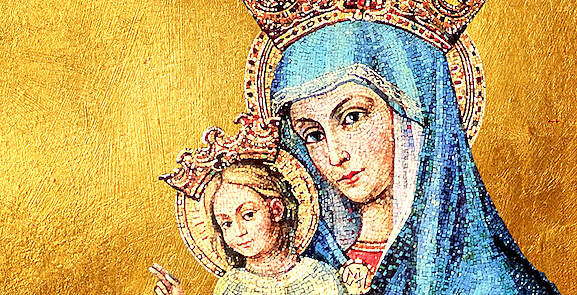
The dogmatic constitution on the Church Lumen Gentium, Light of Nations, is one of the four conciliar constitutions drafted by Vatican Council II. The chapter of Lumen Gentium dedicated to the Virgin Mary is a key reference. On November 21, 1964, Pope Saint Paul VI was about to promulgate this constitution when he officially proclaimed “Mary as Mother of the Church, that is to say Mother of all the people of God, both the faithful and the pastors.”
Saint Paul VI made the same statement again in 1968 in his Credo of the People of God: “We believe that the Blessed Mother of God, the New Eve, Mother of the Church, continues in heaven her maternal role with regard to Christ's members, cooperating with the birth and growth of divine life in the souls of the redeemed.”
On February 11, 2018, the Holy See inserted one of these titles in the liturgical calendar. The obligatory memorial of the Blessed Virgin Mary, Mother of the Church, will now be celebrated worldwide on Pentecost Monday.
A decree of Pope Francis, signed by the Congregation for Divine Worship and the Discipline of the Sacraments, solemnly announced it. Its prefect, Cardinal Robert Sarah, sees it as a progress made in the liturgical veneration reserved for the Virgin Mary, following a better understanding of her presence in the mystery of Christ and the Church. Pope Francis is eager, in his own words, to encourage growth in “the maternal sense of the Church” and to foster “genuine Marian piety.”
Adapted from Famille Chretienne magazine